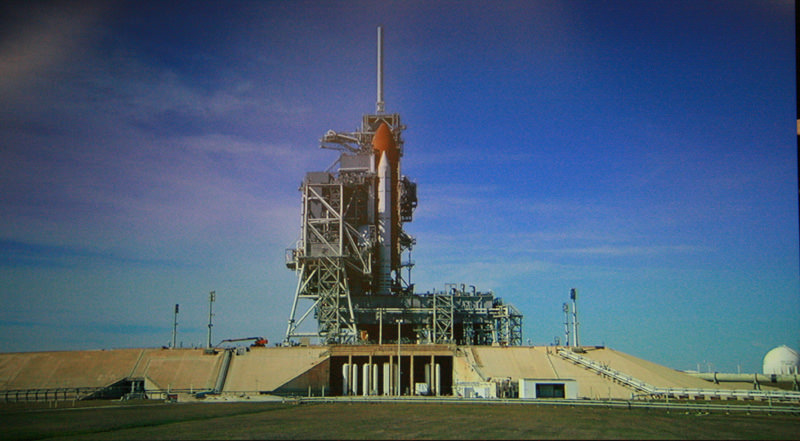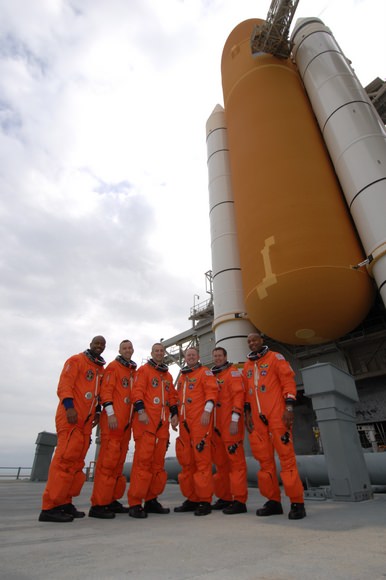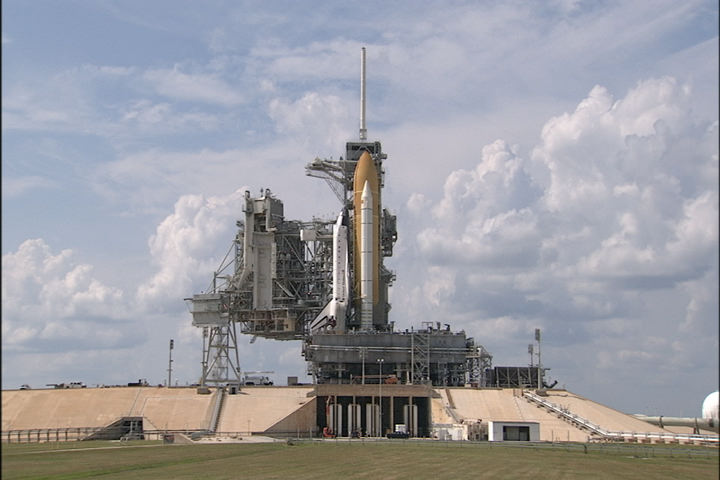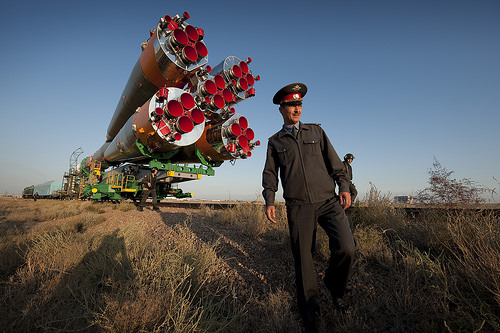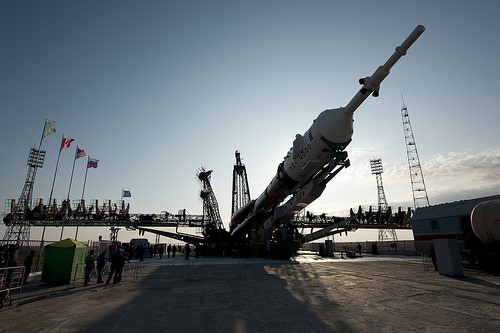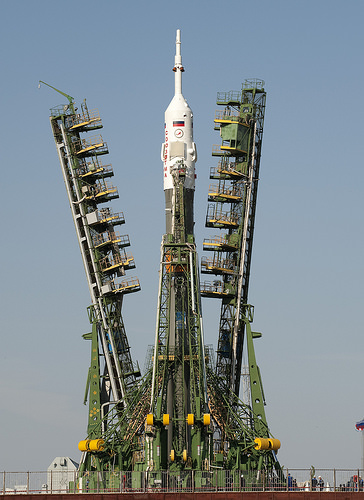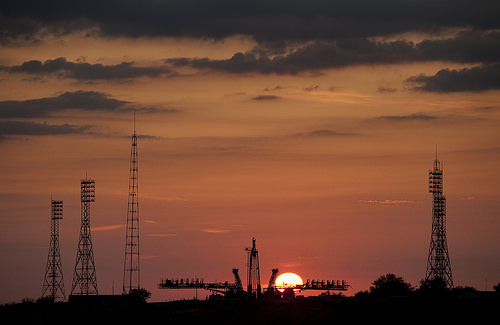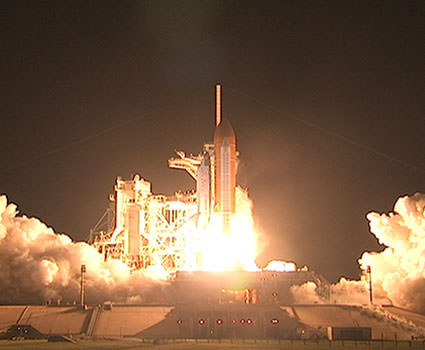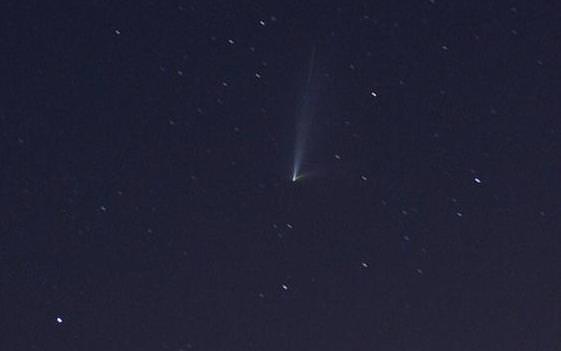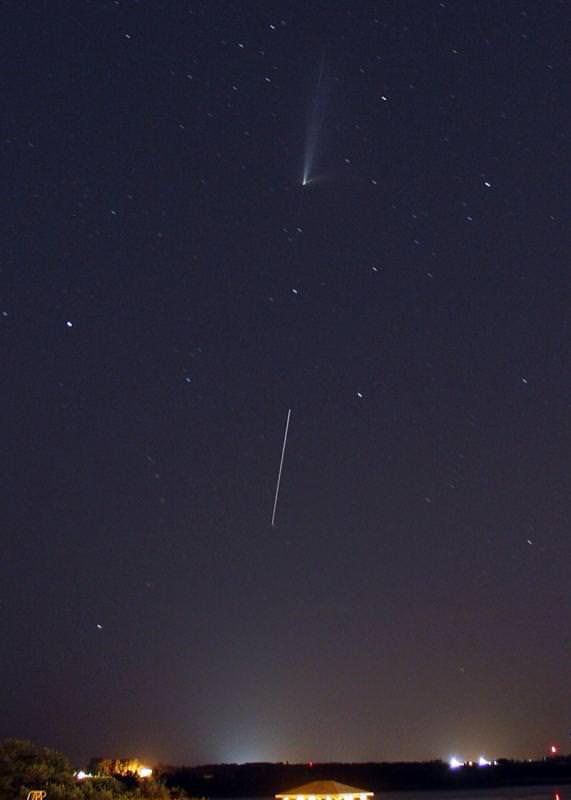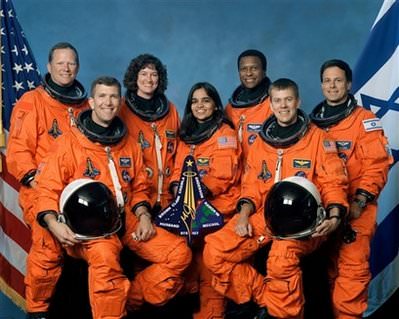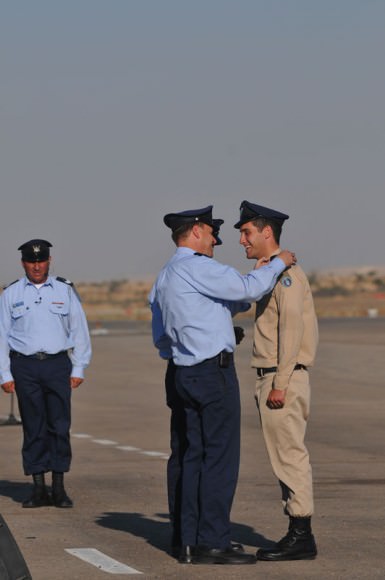Editor’s Note: Ken Kremer is in Florida for Universe Today covering the upcoming Atlantis launch attempt.
As the shuttle enters its final year of operation, the countdown clock is ticking towards blast-off of Space Shuttle Atlantis and her six man crew at 2:28 PM EST on 16 November 2009 towards the International Space Station (ISS) I am reporting from the Kennedy Space Center (KSC) Press site to witness the STS 129 launch and provide on-site coverage for readers of Universe Today. The weather is gorgeous here at KSC with clear blue skies and moderate temperatures.
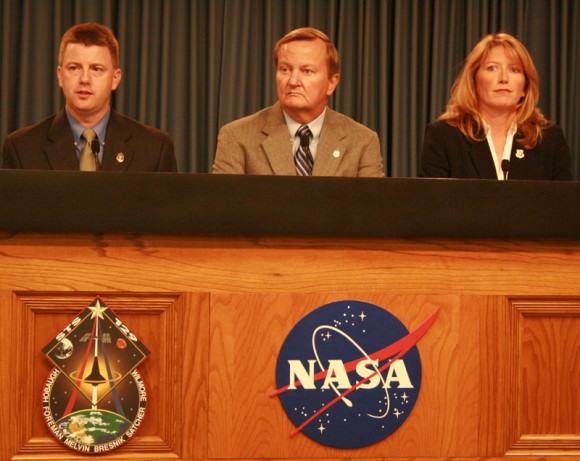
Shuttle weather officer Kathy Winters forecasts a 90 percent chance of favorable weather conditions at launch time on Monday. That drops to 70 percent favorable in the event of a one day scrub to Tuesday November 17 and just 40 percent “Go” on Wednesday. Two days after launch, Atlantis will rendezvous with the ISS and link up with the stations six person crew.
“Atlantis is ready to go. There was a unanimous vote to proceed with the launch countdown” declared Mike Moses, Shuttle Launch integration manager at a KSC press briefing. The primary goal is to deliver nearly 30,000 pounds (15 tons) of critical spare parts and cargo to the International Space Station (ISS) which cannot be transported by any other existing launch system besides the Space Shuttle. This third Utilization and Logistics shuttle flight for the ISS is designated as ULF-3.
Another top objective for Atlantis is to bring home ISS Expedition 20 and 21 crew member Nicole Stott after three months stay in space. Stott is the final astronaut scheduled to use a space shuttle as a taxi to and from the ISS and thereby will increase Atlantis crew size to seven during reentry.
The path forward was cleared when the launch of an Atlas 5 rocket was scrubbed in its final stages in the early morning hours of November 14 and subsequently delayed until after the STS 129 launch. This avoided a potential conflict on the Air Force Eastern Range which requires a 48 hour turnaround to reconfigure tracking and support systems between launches.
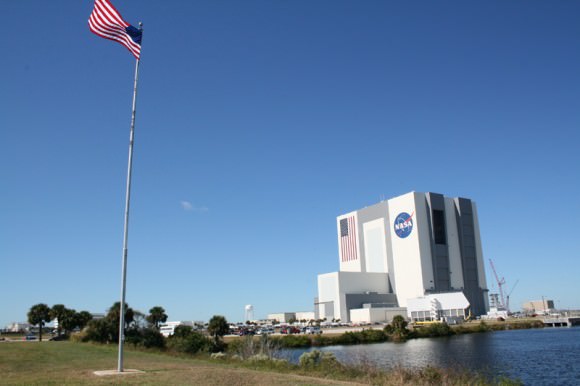
The cargo bay is loaded with two spare gyroscopes, two nitrogen tank assemblies, two pump modules, an ammonia tank assembly and a spare latching end effector for the station’s Canadian built robotic arm. Atlantis’s crew will conduct three spacewalks during the nominal 11 day flight to transfer the spare parts from the payload bay and install them onto the station’s external structures.
Since my last trip here for the STS 125 Hubble repair mission in May 2009, (also conducted by Atlantis) historic changes are rapidly unfolding at the launch pads and environs of the Kennedy Space Center. Launch Pad 39 B has been transferred to the Ares rocket program and been structurally transformed in such a manner that it can no longer support shuttle flights. STS 129 is only the 6th remaining shuttle flight before marking the end of the space shuttle era.
The entire future of US human space flight hangs in the balance as NASA awaits a decision by President Obama which will determine the US destiny in space for decades to come. Following the issuance of the Augustine commissions blue ribbon report outlining a range of future exploration options for NASA, the continuation of the Ares 1 rocket program and NASA goals to return human footsteps to the moon are in serious doubt as the out year NASA budgets have been significantly cut.

